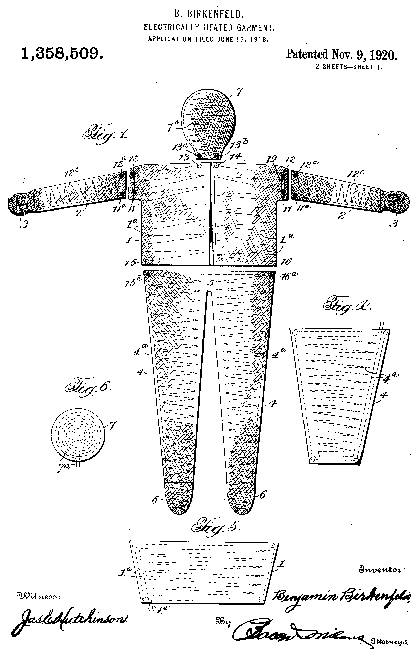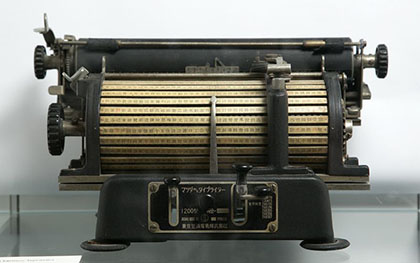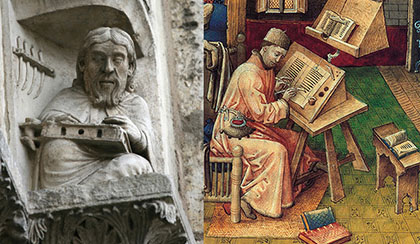What is an interface for? What does it represent? How have interfaces in the past addressed the connection between human understanding and machine functionality? What learnings can we apply to the interfaces of today, and beyond? In 2017 Lesley University approached me with a list of courses that needed to be designed for their online degree in User Experience Design. I picked the elective History of Interface, thinking it'd be straightforward. Wrong. Not only are there no books dedicated to the subject, the topic is a fine mess of technology, invention, media, economics, social studies, and archaeology. It took me a year to develop the course, which I teach as either an 8-week undergraduate version online (Lesley University), or a full semester graduate seminar (at Parsons, The New School).
In the course we study key examples of user interfaces from the late 19th century to the present that fall into three themes: Operating the Machine, Conversational User Interfaces, and Wearable and Gestural Interfaces. Students learn to judge what makes a good interface, to identify and interpret precedents that influenced later user interfaces, and to reflect on the relationship between human needs and technology.


